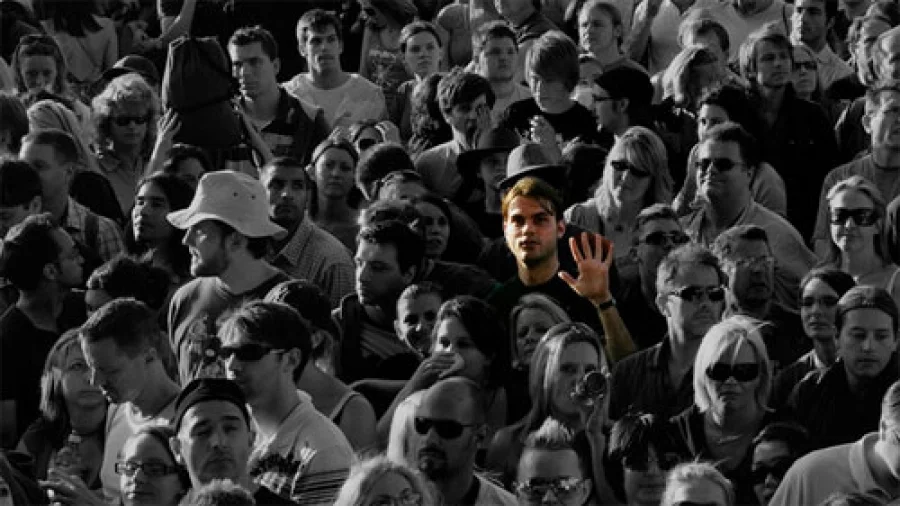First Criminal Apprehended in Russia with Facial Recognition Technology
In Moscow, at the Frunzenskaya metro station, police have detained a man who had been wanted and evading investigation for over a year. The alert was triggered by a facial recognition system, valued at 4 billion rubles, which began to be implemented in the Moscow subway ahead of the 2018 FIFA World Cup. The system notified police that one of the passengers was on the wanted list. After his arrest, it was revealed that the man had previously escaped from Yegoryevsk, where he was wanted for robbery. This marks the first time in Russia that a criminal has been apprehended using such a system.
The technology allows cameras to check up to 20 people per second. Previously, this system, developed by Russian engineers, was recognized as the best in its field by U.S. intelligence agencies.
Previous Uses and Expansion of the System
The practical application of this technology was first seen in August 2016. When an unknown man stormed into a branch of a Moscow bank and took several people hostage, police were able to identify him within minutes as bankrupt businessman Aram Petrosyan, thanks to surveillance cameras.
Currently, there are several thousand street cameras in the capital connected to the facial identification system.
Future Developments in Biometric Identification
Identification technologies are expected to become even more effective soon. The Ministry of Digital Development has established procedures for the operator of the Unified Information System (“Rostelecom”) to transfer biometric data of Russian citizens to the FSB and the Ministry of Internal Affairs. The relevant document has been published on the federal portal for draft regulatory legal acts.
This concerns facial image data and voice data. Such information allows for highly accurate identification of individuals in large volumes of voice traffic (“voice verification”) or on surveillance cameras.
The operator will be required to provide this data within 24 hours through a unified system of interdepartmental electronic interaction, in a format that allows for personal identification. According to the document, this information will be provided free of charge.
Collection and Use of Biometric Data
The initial collection of biometric data is assigned to banks. According to the plan, for every 200-ruble payment, “Rostelecom” will transfer 100 rubles to the bank that collected the biometric data for a specific citizen. Thus, banks will also have a financial incentive to collect biometric data from their clients.
Use in banks is just the beginning. In the future, the biometric database is expected to be widely used in many other areas of public life: for accessing government and municipal services, healthcare, education, and more.
“Rostelecom” plans to invest about 200 million rubles in the project, with a projected payback period of 8–10 years.



